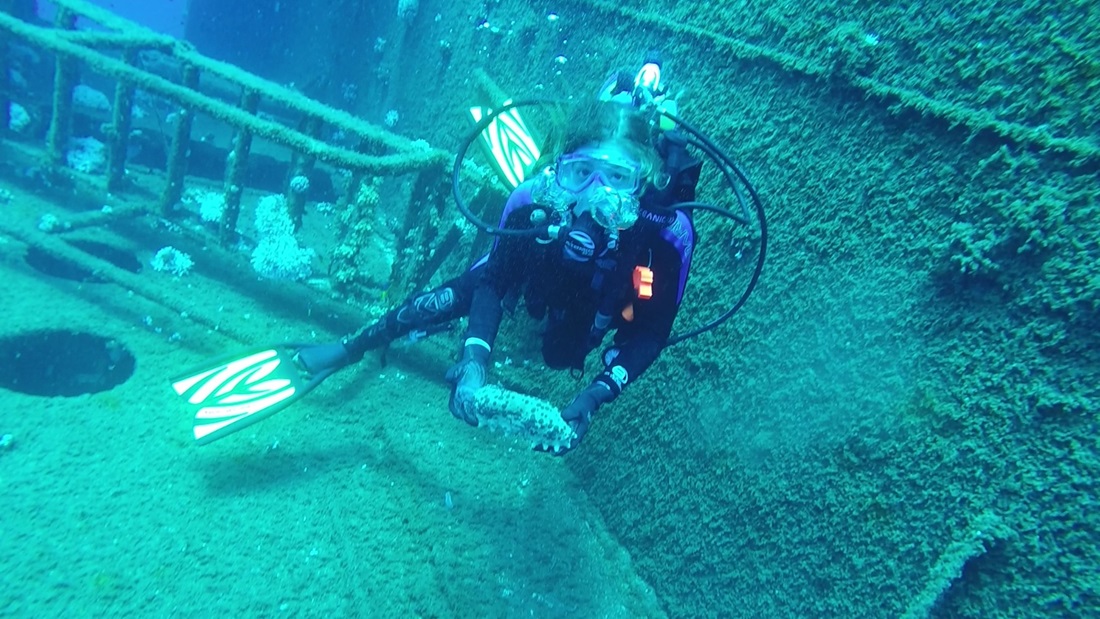
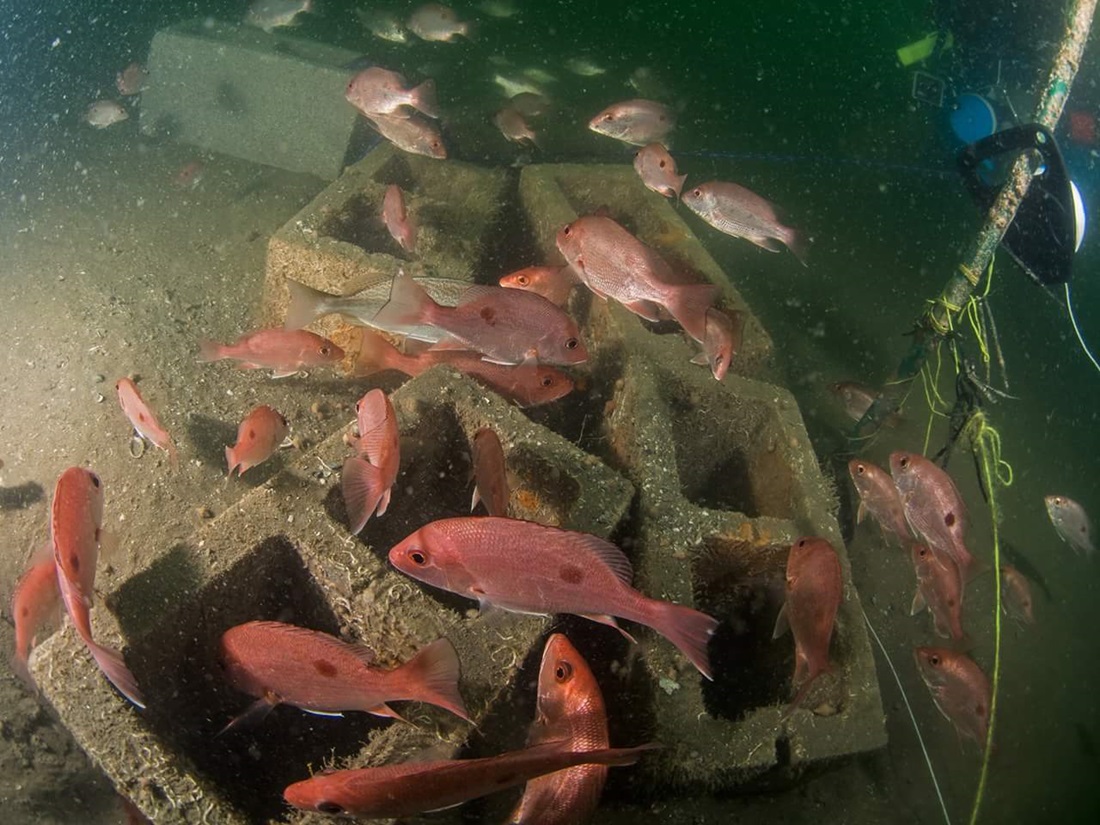
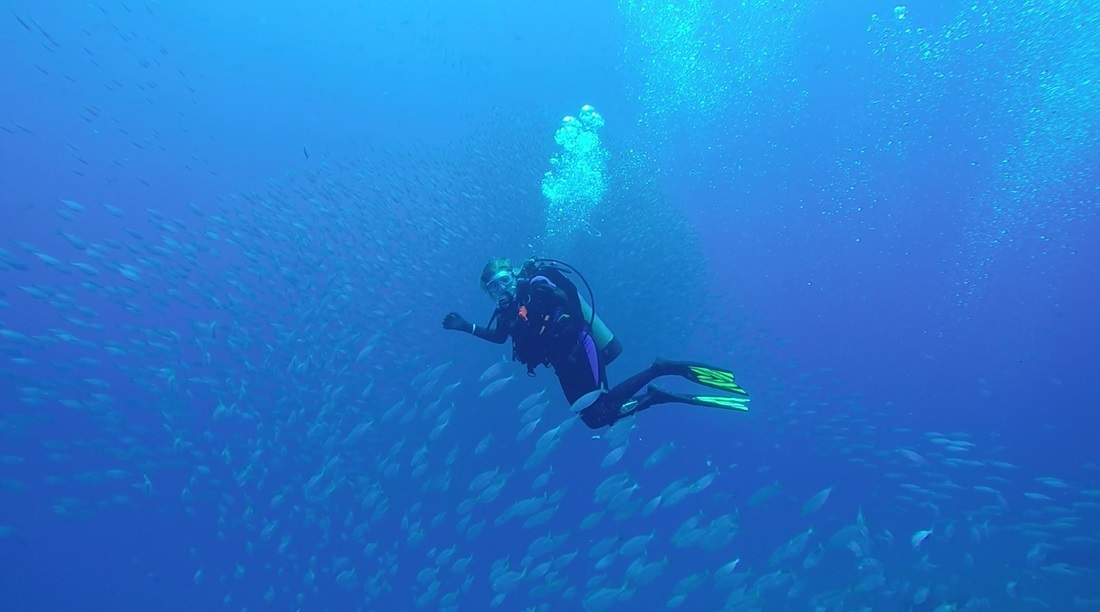
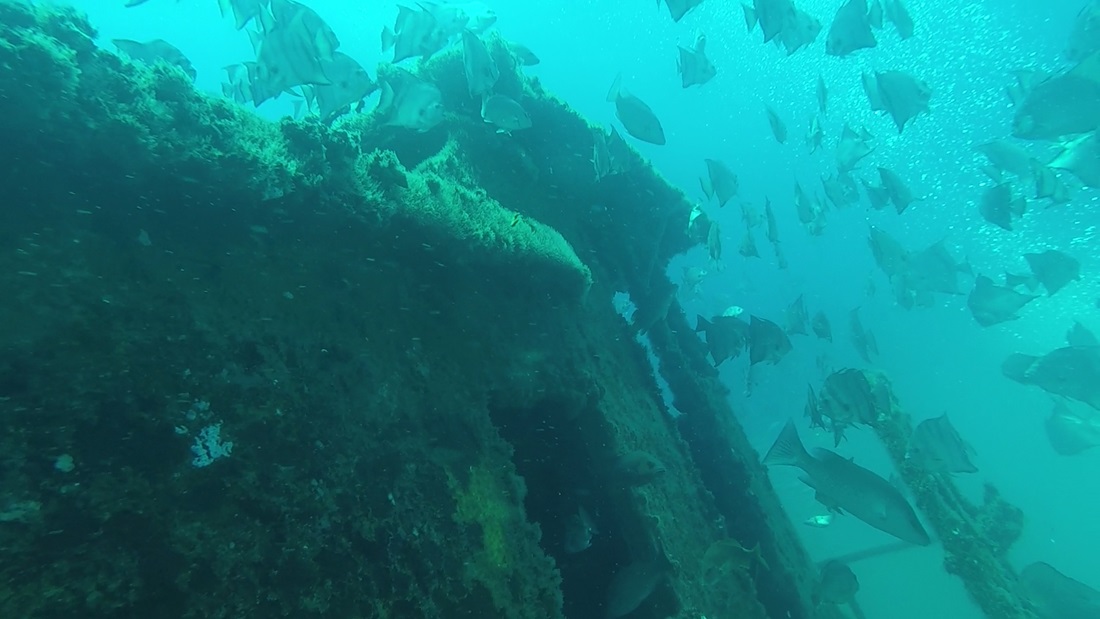
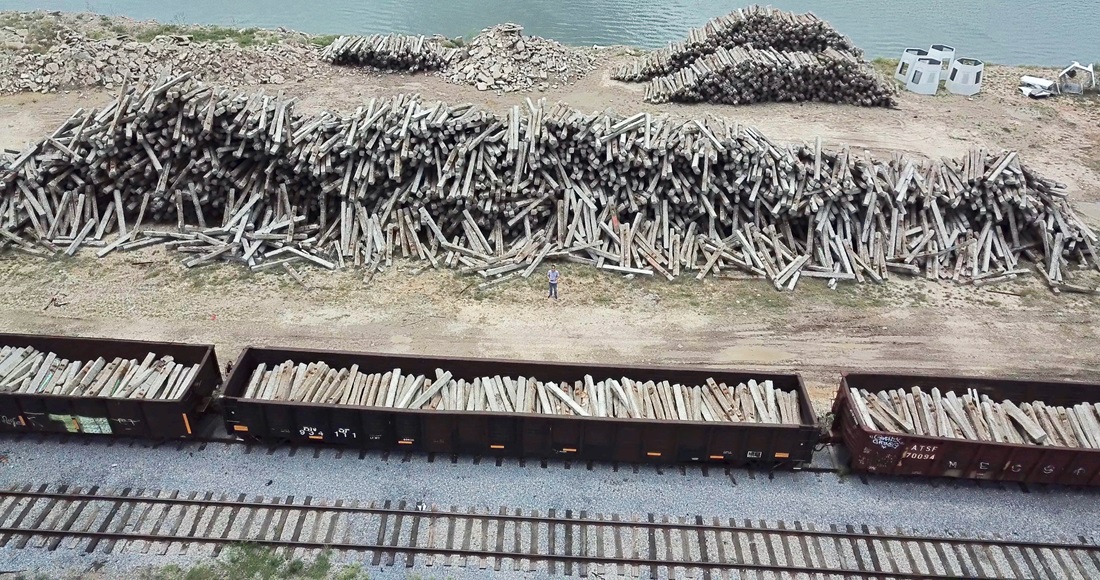
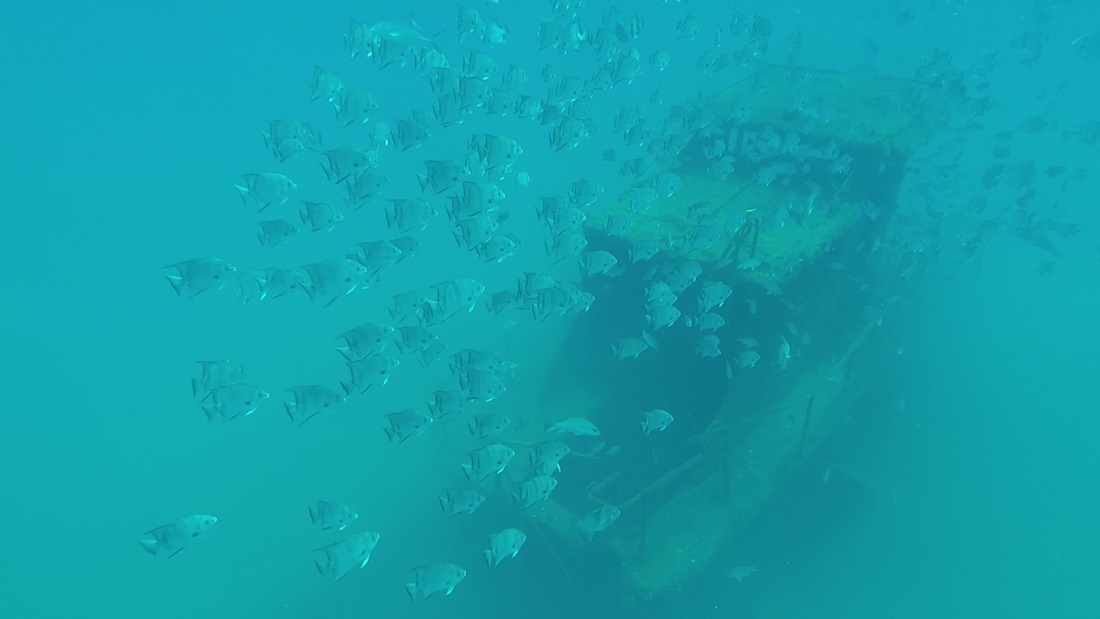
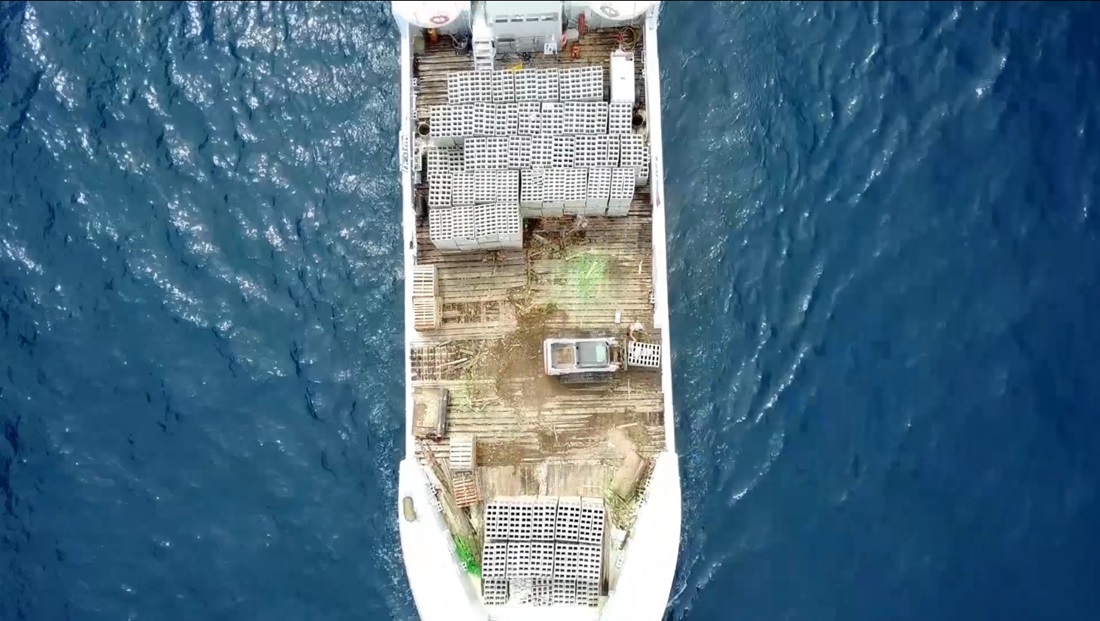
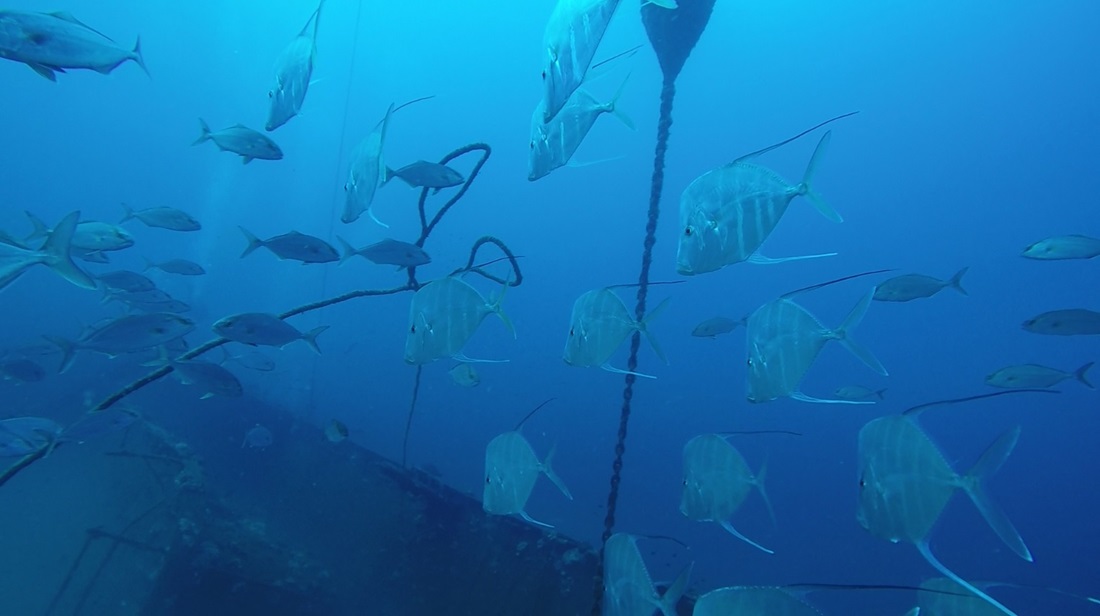


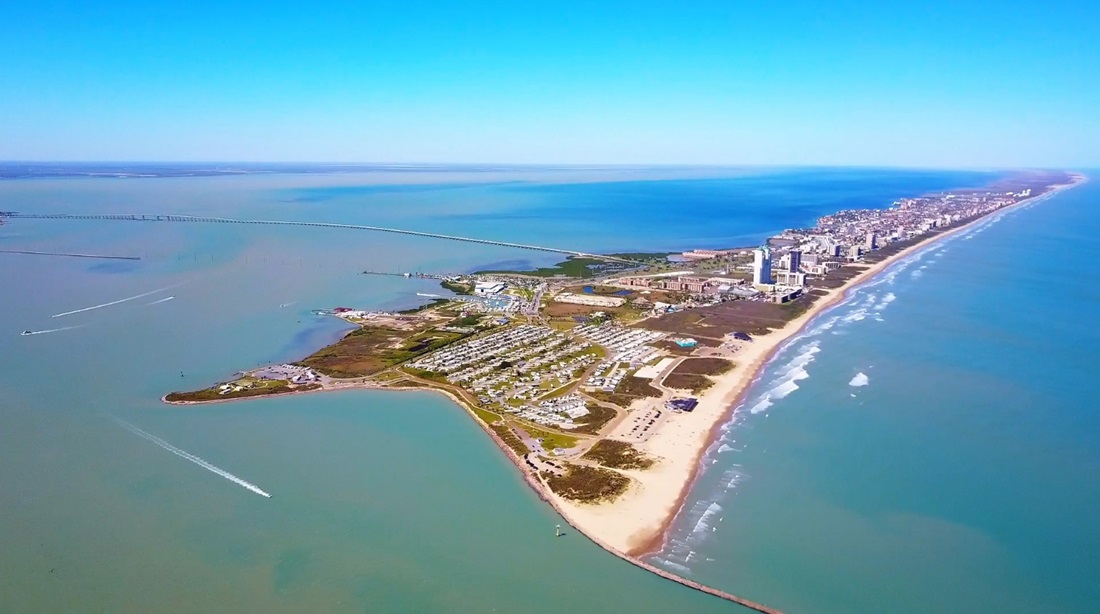
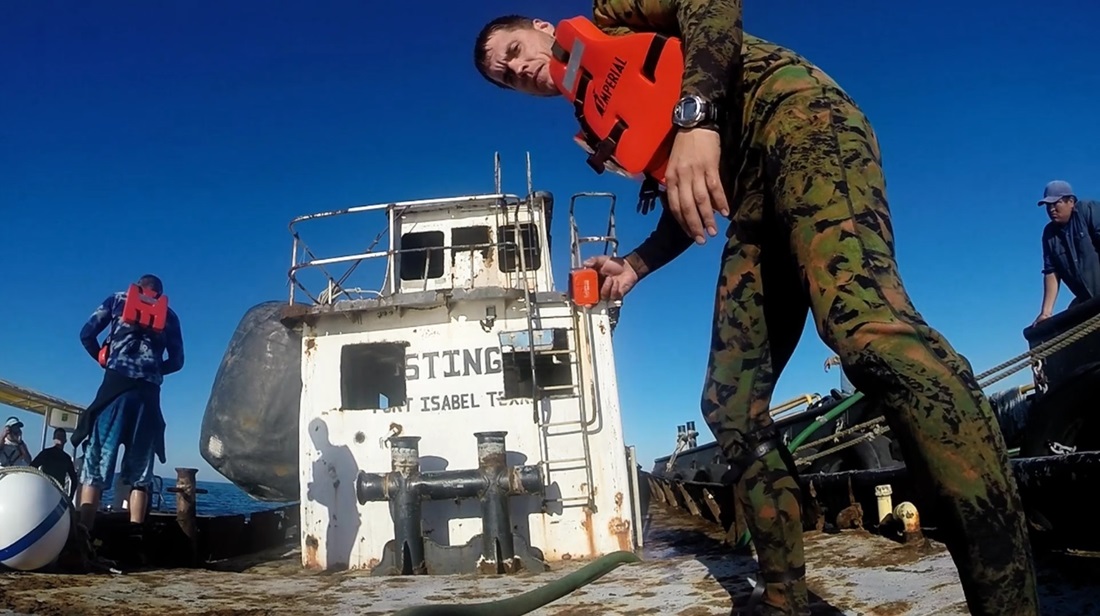
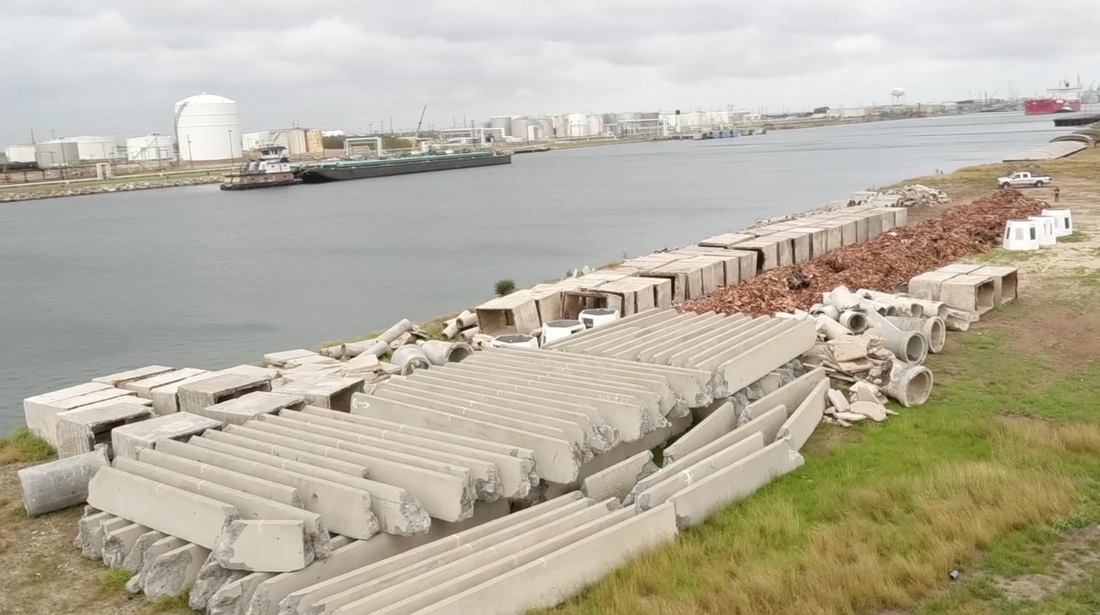
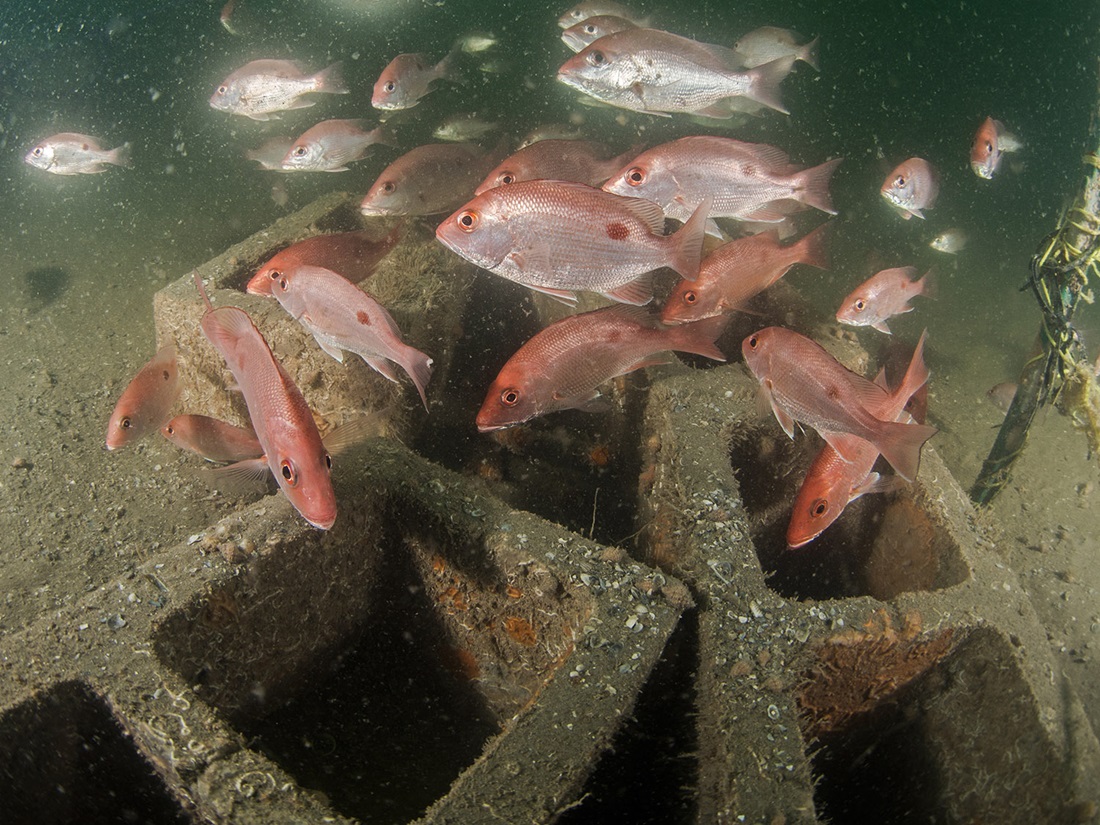
Friends of RGV Reef: No. 1 of 14
Friends of RGV Reef: No. 2 of 14
Friends of RGV Reef: No. 3 of 14
Friends of RGV Reef: No. 4 of 14
Friends of RGV Reef: No. 5 of 14
Friends of RGV Reef: No. 6 of 14
“This is netless aquaculture, really. The Gulf of Mexico has been good to my brother and I, and the idea that we could do something for the Gulf—to make a real difference in the reef fish population locally, if not across the Gulf—was definitely appealing,” says Gary Glick, one of the driving forces behind the RGV Reef.
Friends of RGV Reef: No. 7 of 14
In recent weeks, Enbridge’s Valley Crossing Pipeline project made a donation of $350,000 to the Friends of RGV Reef and Harte Research Institute. Among other things, this gift will pay for critical transportation of reefing material—dramatically reducing costs, and shortening the project timeline by years.
Friends of RGV Reef: No. 8 of 14
The Texas A&M Corpus Christi Harte Research Institute for Gulf of Mexico Studies is teaming up with Friends of RGV Reef on this project, with marine biologists offering guidance to optimize this habitat.








